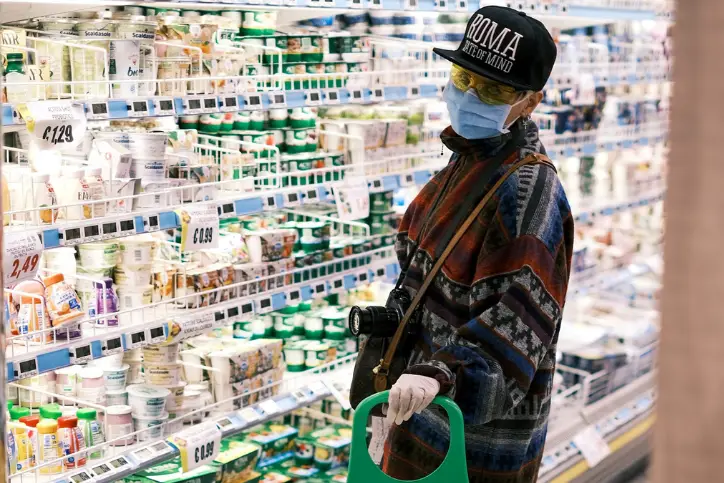
COVID-19: Breaking Consumer Habits
 Joe Thacker III
Joe Thacker III
Habit can be a powerful force in retail. Many consumers continue to shop at a retailer even if they don’t have the best experience, simply out of familiarity and habit. As a retailer, this can both hurt you and help you. Habit can keep potential customers going back to the competition despite your better offerings and service, but it can also help retain your current customers who would have otherwise found something that better suits their needs.
Consumer habits are usually disrupted or shifted slowly by more traditional business dynamics events, like competitor actions or changing generational preferences. However, a major societal event can break habitual cycles, and COVID-19 is certainly that. COVID-19 will bring both a challenge and an opportunity to retailers as they prepare for a “new normal future.”
The havoc that COVID-19 is inflicting is breaking almost every consumer’s habitual shopping pattern. For example, it is no longer an option to shop at several stores making their first store choice that much more important heightening the importance of communication vehicles like retailers’ websites and flyers. Many shoppers will find that they like the new retailer more than the store where they used to shop and might just stick with their new habit. What may be perceived as stable market share position in normal times will start to crumble around the edges if retailers do not recognize, understand and adjust to these new customer habits.
Retailer executives must ask themselves: how many at-risk customers do I have? How much of my business may switch to my competitors? In which regions? Through which channels? In which categories? Why are they switching? But perhaps the most important two questions are: How do I keep my at-risk customers? And how do I gain competitors at risk customers today?
To begin to answer these questions, start by looking at your own At-Risk-Market-Share (or ARMS). It’s a simple concept, but often underutilized. ARMS measures the proportion of your share that is currently coming from customers who are already dissatisfied. They may harbour these negative feelings for a variety of reasons, and what’s more, they are not loyal to your store. These customers are shopping at your stores not out of love, but out of habit. Turning it on its head, ARMS can also be used to focus on cracks in your competitors’ businesses and provide great opportunity for share gain.
In a challenging environment, leaders know that they have to focus their efforts and resources. But knowing that you might have market share at risk and share to gain, the most important questions might be: “Where is my customer base most at risk and where are my biggest opportunities?”
In preparing the post-COVID-19 era there are three musts for every retailer:
- Think through all the steps that drive retail, specifically the long-term impact of COVID-19 on pricing, item selection, promotions, merchandising, and in-store operations.
- Use the best data, analytics and AI to build scenarios for risk and opportunities to gain share for the long term.
- Balance today's immediate priorities with preparation for success tomorrow - don't wait to build your strategy.
To learn more broadly how COVID-19 will impact the retail industry, read our blog here.

Joe Thacker III
from Fusion Analytics, a Daisy Intelligence partner, is a trusted advisor to retail executives on measuring and prioritizing their businesses. He has assembled what his clients say is their “secret weapon” in today’s retail environment. He currently works with Walmart, Home Depot, Sport Chek, Mark’s, IKEA, Canadian Tire and many other retailers.




